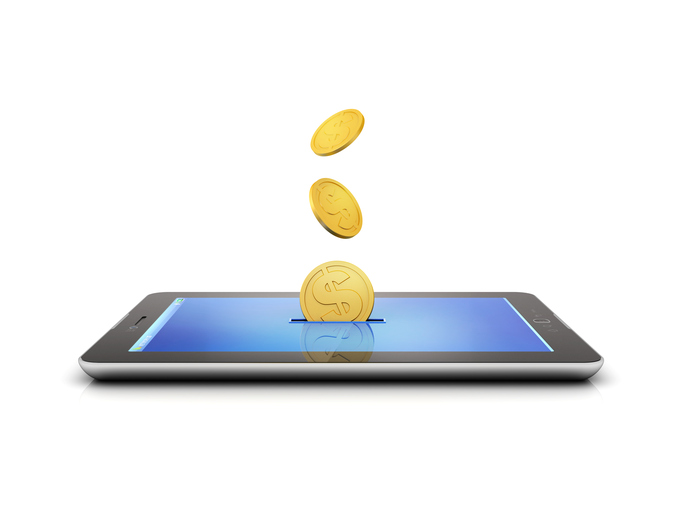Connectivity. Security. Engagement.
This is our daily mantra at Verizon, especially on our healthcare team, where addressing the challenges and gaps in these three areas has become our core development focus. In my previous installment in this series (Fixing the Disconnect in Healthcare), I shared the importance of strong, reliable connectivity as the starting point of fixing healthcare’s “disconnect” when it comes to care collaboration, information exchange, and consumer engagement. Connectivity is the foundation of ensuring accessibility—to information, to people, to resources and to solutions—without which healthcare would take a tremendous step backwards.
But connectivity alone cannot bridge the gap that exists between accessibility and security. In fact, those concepts are fundamentally antithetical. “Access” implies an open door, where security is more likely to be compromised. The idea of “anytime, anywhere” mobility has challenged more than one CIO to weigh the benefits of real-time access against the risks of compromised security. Consider how many CIOs are vacillating between the capital-saving benefits of a BYOD model and the inherent risks associated with allowing their employees to access company portals and intellectual property via questionably secure devices loaded with even more questionably secure mobile applications.

With the Rise of AI, What IP Disputes in Healthcare Are Likely to Emerge?
Munck Wilson Mandala Partner Greg Howison shared his perspective on some of the legal ramifications around AI, IP, connected devices and the data they generate, in response to emailed questions.
The reality is that healthcare needs its integrated solutions to be both accessible and secure. And security is a very real concern. In Verizon’s 2013 Data Breach Investigations Report, analytics around global identity theft and intellectual property breaches revealed that 30% of breaches impacted large organizations, 52% of breaches involved some form of hacking, 76% of breaches exploited weak or stolen credentials, 71% targeted user devices, and there was a significant increase in the use of “social tactics,” to gain unauthorized access to presumably secure information. Of those statistics, the 70+ percent that involved user devices and identity credentials are the most concerning. Healthcare undoubtedly needs the flexibility, accessibility, and cost-savings benefits of mobile solutions, mobile applications, and BYOD integration models, but it cannot ignore the very real information security risks associated with those options.
Can healthcare have its cake and eat it too? Can health information be readily accessible, shareable, and secure? We believe those answers lie in an ecosystem-enablement model, where healthcare’s fiscal burden and compliance obligations are shifted to a fully healthcare-enabled, compliant cloud—thus, centralizing the access point and better controlling the parameters for security and compliance.
Secure access also means delivering identity and access management tools that strongly safeguard organizations from the likelihood of access by unauthorized individuals – it means identifying mobile application security standards that shape access permissions in a BOYD environment.
When you combine reliable connectivity, real-time mobility and information security, you have a blueprint for platform and solution success. Hitch any platform wagon to that star, and the sky is the limit. Secure, real-time information exchange via the cloud (operating on a fast, reliable network of connectivity) can drive greater mobility and engagement.
And at the end of the day, engaging the healthcare stakeholder is what it’s all about. Engagement is that second mile—that bigger gap to bridge and potentially eliminate. No matter what your technology platform or solution is, the question hanging over it is this: Will the clinician or patient actually use it? Engagement will be our next discussion, and most would agree, it’s the deal-breaker for most solutions.














